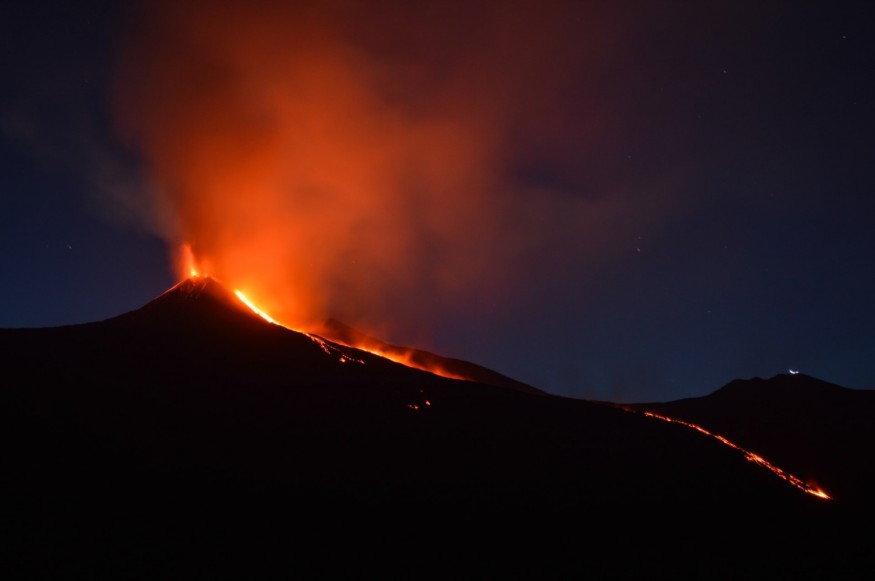Ever since we were kids, the image of a horrific volcanic eruption has been "imprinted" on our minds. An earth-shattering explosion, followed by flowing lava, smoke and flames.
In a worst-case scenario, the dangers of enormous volcanic eruptions are extremely serious. A very unusual and strong volcanic explosion may damage the earth's natural resources. Experts are now warning us that even a smaller-scale volcanic eruption can still lead to a global catastrophe.
The Smaller-Scale Eruptions

New studies indicate that volcanic catastrophes of a far lower scale could still unleash enough havoc to endanger the modern civilization.
According to the Global risk researcher Lara Mani, a smaller-scale eruption can cause enough ash or sufficient earthquakes in one of the places to pinpoint and interrupt networks, which are also the key to global supply chains and financial systems.
Smaller-scale eruptions may not catch our attention as much as thundering counterparts, but they may still cause huge destruction.
An example is Mount Pinatubo's magnitude 6 eruption in the Philippines in the year of 1991. This was about 100 times more intense than Iceland's Eyjafjallajökull's magnitude 4, outbursts in 2010.
However, Eyjafjallajökull turned out to be the most expensive volcanic eruption in history, costing the world economy 5 billion dollars. However the losses from Mount Pinatubo's bigger explosion were only a fraction of that (740 million US$ in 2021, inflation adjusted).
Volcanic Eruptions and Their Risks Worldwide
Historically, estimations of volcanic risk have shown that the higher the strength of a volcano's eruptions, the greater the threat it poses in terms of global catastrophic risk, a connection known as 'VEI-GCR symmetry.'
The world's essential infrastructure including international shipping lanes, underwater telecommunications cables, and air transportation routes are now located far from the volcanic zones that generate the most intense eruptions (with a VEI of 7 or 8). According to the researcher's findings, there are seven of these 'pinch points' throughout the world, where many of these key infrastructures (pinch points) and networks are in concentrated in areas, leaving them vulnerable to moderate-scale volcanic eruptions.
Taiwan for example, manufactures a substantial portion of the world's microchips, the worldwide supply of which is threatened by its closeness to the Tatun Volcanic Group (TVG).
Moderate eruptions in the Pacific Northwest, United States have the potential to interrupt trade and travel in both the United States and Canada, inflicting significant economic devastation.
Meanwhile, Icelandic volcanoes have the potential to cause a snag in the North Atlantic, interrupting air travel between London and New York and generating significant delays in commerce and transportation networks.
Other international pinch points, such as those in the Mediterranean and near Malaysia, pose a danger to some of the world's busiest shipping trade.
In the Luzon Strait, is a vital conduit for undersea telecommunications cables connecting China, Hong Kong, Taiwan, Japan, and South Korea all of which may be destroyed by eruptions that cause submarine landslides and tsunamis, causing catastrophic communications and financial market disruptions.
These are not the first thoughts that come to mind when we think of volcanoes' devastating force, but researchers argue that they should be.
© 2025 NatureWorldNews.com All rights reserved. Do not reproduce without permission.





